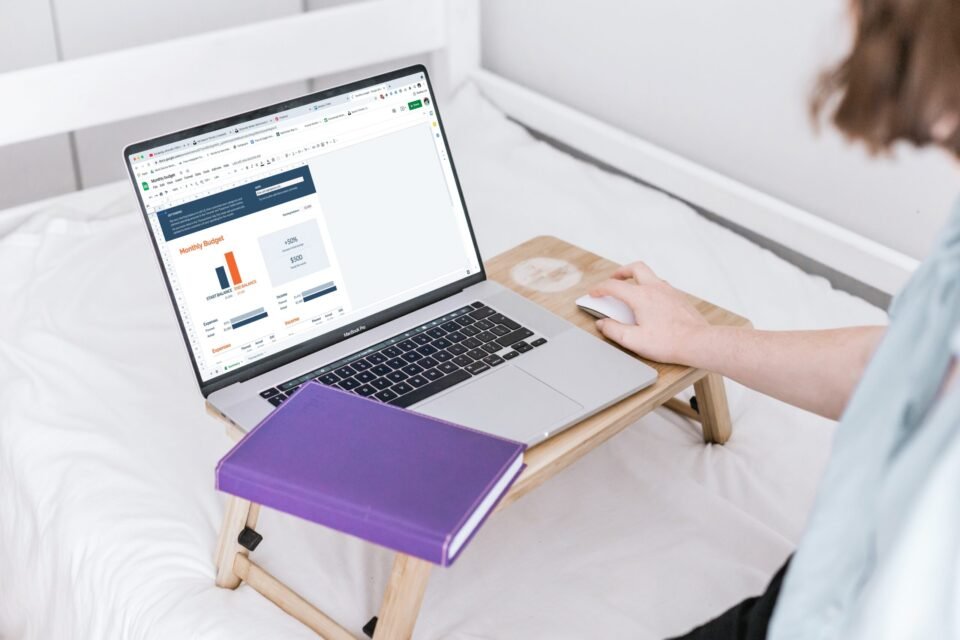Introduction
Managing your finances is an essential skill that everyone should learn. One of the most effective ways to take control of your money is by creating and sticking to a budget. A budget helps you track your income and expenses, prioritize your spending, and save for your financial goals. If you’re new to budgeting, don’t worry! This beginner’s guide will walk you through a step-by-step approach to budgeting and provide you with easy steps to do it daily.
Step 1: Set Financial Goals
The first step in creating a budget is to set your financial goals. Think about what you want to achieve in the short term and long term. It could be saving for a vacation, paying off debt, or building an emergency fund. Setting clear goals will give you a sense of purpose and motivation to stick to your budget.
Step 2: Calculate Your Income
Next, determine your total income. This includes your salary, side hustle earnings, and any other sources of income. If your income varies from month to month, calculate an average based on your past earnings. Knowing your income will help you allocate your money effectively.
Step 3: Track Your Expenses
To create an accurate budget, you need to track your expenses. Start by listing all your fixed expenses, such as rent/mortgage, utilities, and loan payments. Then, track your variable expenses, such as groceries, dining out, entertainment, and transportation. You can use budgeting apps or spreadsheets to make this process easier.
Step 4: Categorize Your Expenses
Once you have a clear picture of your expenses, categorize them into different groups. Common categories include housing, transportation, groceries, debt payments, entertainment, and savings. Categorizing your expenses will help you identify areas where you can cut back and prioritize your spending.
Step 5: Set Spending Limits
Now that you know how much you’re earning and spending, it’s time to set spending limits for each category. Determine how much you want to allocate to each expense category based on your financial goals and priorities. Be realistic and flexible, but also challenge yourself to make necessary adjustments to achieve your goals.
Step 6: Monitor and Adjust
Creating a budget is not a one-time task. It requires ongoing monitoring and adjustments. Keep track of your expenses regularly and compare them to your budgeted amounts. If you overspend in one category, find ways to cut back in another. Stay disciplined and make adjustments as needed to stay on track.
Easy Steps to Do It Daily
While creating a budget is important, it’s equally crucial to follow it daily. Here are some easy steps to incorporate budgeting into your daily routine:
- Start your day by reviewing your budget and reminding yourself of your financial goals.
- Track your expenses throughout the day using a budgeting app or a notebook.
- Make conscious spending decisions by considering your budgeted amounts for each category.
- Regularly update your budget to reflect any changes in your income or expenses.
- Take advantage of technology by setting up automatic transfers to your savings account or using expense tracking apps.
By following these easy steps, you’ll develop healthy financial habits and achieve your financial goals.
Conclusion
Budgeting is a powerful tool that can help you take control of your finances and achieve your financial goals. By following this step-by-step approach and incorporating budgeting into your daily routine, you’ll be on your way to financial success. Remember, budgeting is a skill that takes time and practice, so be patient with yourself. Start today and reap the long-term benefits of budgeting.
